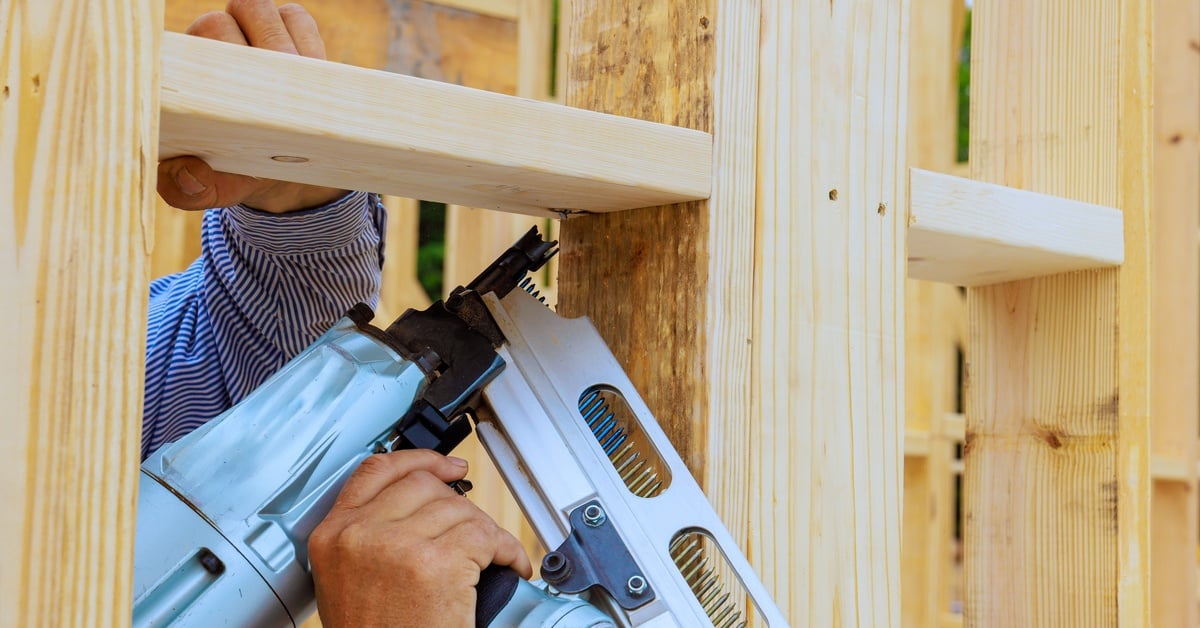
Getting the right air pressure for your nail gun is one of the first steps to achieving a professional finish, rather than a frustrating project filled with bent nails and damaged materials. But how much air pressure is recommended for a nail gun? It depends on several factors, including the type of nail gun you’re using, the materials you’re working with, and the specific nails in your arsenal.
Understanding Pneumatic Nail Gun Basics
Pneumatic nail guns rely on compressed air to drive nails into various materials with speed and precision. The air compressor generates pressurized air that travels through a hose to your nail gun, where it’s released in controlled bursts to propel nails forward. Your nail gun’s internal mechanisms are designed to work within specific pressure ranges, and exceeding these parameters can lead to premature wear, inconsistent performance, and even safety hazards.
Pressure Requirements by Nail Gun Type
Framing nailers typically require the highest pressure settings, usually operating between 100 to 130 PSI to drive large nails through dimensional lumber and engineered materials. Finish nailers, on the other hand, operate at moderate pressure levels, generally between 80 to 100 PSI, providing enough force to drive finish nails through trim pieces and cabinet components without excessive penetration.
Brad nailers work at the lower end of the pressure spectrum, typically requiring 60 to 90 PSI to handle delicate trim work and thin materials where precision matters more than raw driving power.
Material Considerations for Pressure Settings
The materials you’re working with can also greatly influence the optimal air pressure settings for your nail gun. Hardwoods require higher pressure than softwoods due to their increased density and resistance to nail penetration. Oak, maple, and other dense hardwoods might need pressure settings at the upper end of your nail gun’s recommended range to achieve proper nail seating. Always consult your nail gun’s specifications and material manufacturer recommendations before attempting to nail into unusual or challenging materials.
Safety and Maintenance Considerations
Operating your nail gun outside its recommended pressure range can lead to dangerous malfunctions, including misfires, jam-clearing difficulties, and unpredictable nail trajectories. Always wear the appropriate safety equipment and follow the manufacturer’s guidelines for pressure settings.
Looking for a durable and reliable pneumatic hog ring gun that gets the job done right every time? Salco has exactly what you need! Engineered with top-quality materials, Salco ensures your tools work as hard as you do.
Achieving Professional Results Every Time
Mastering air pressure settings transforms your nail gun from a basic tool into a precision instrument capable of professional-quality results. The recommended air pressure for a nail gun ultimately depends on your combination of tool, materials, and project requirements. That said, understanding these relationships empowers you to make informed adjustments for any situation. With proper pressure settings, regular maintenance, and attention to safety, your pneumatic nail gun will deliver consistent and reliable performance across numerous projects.